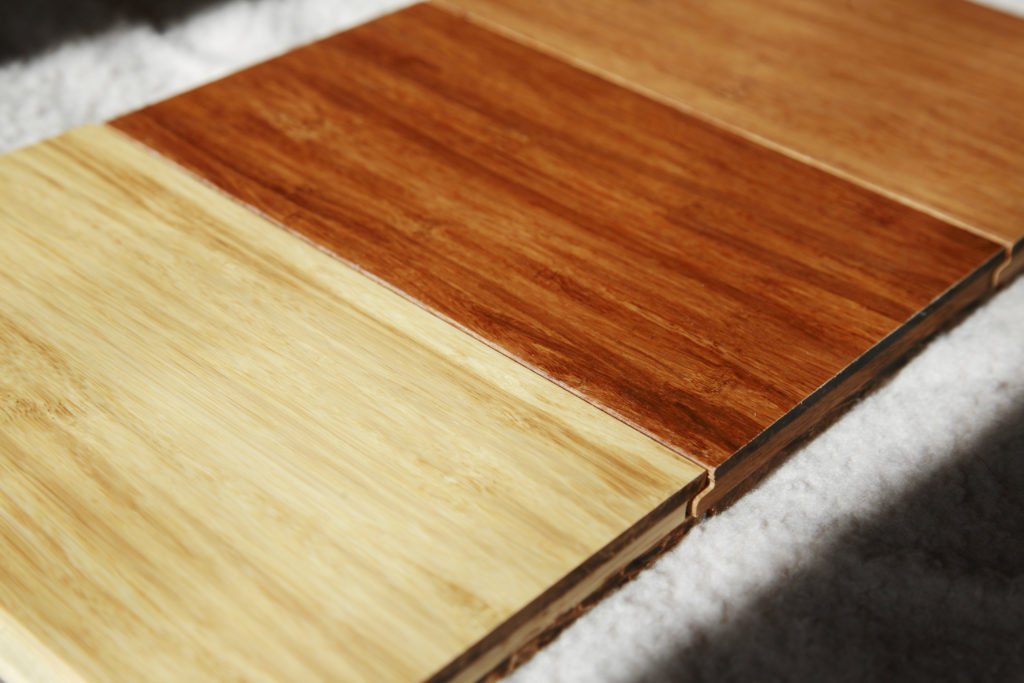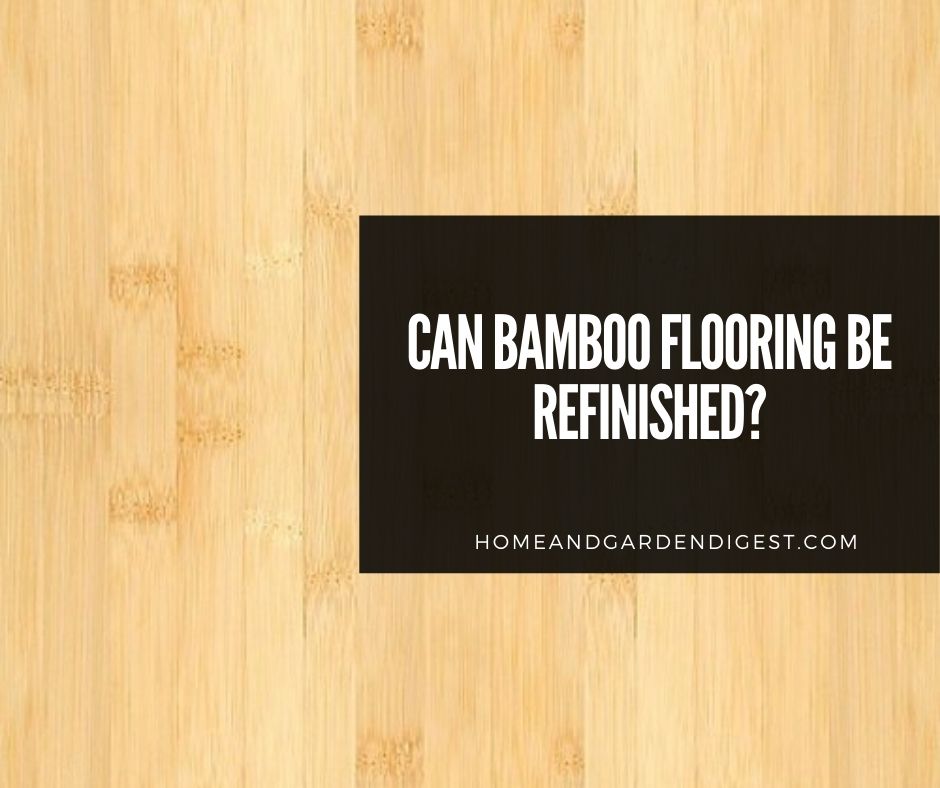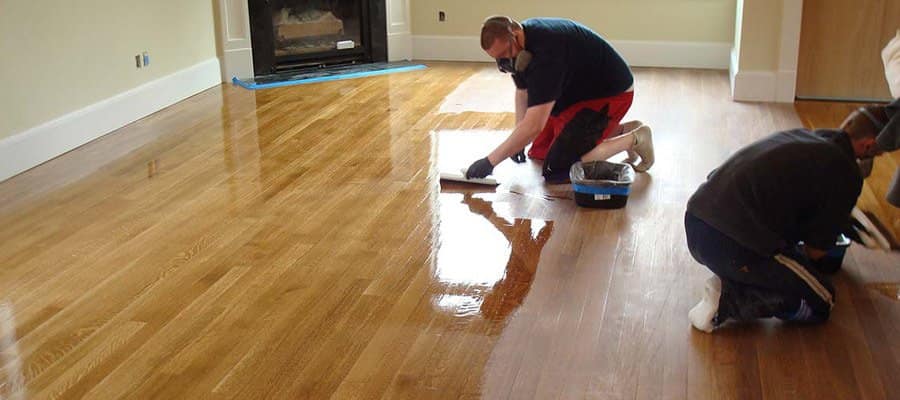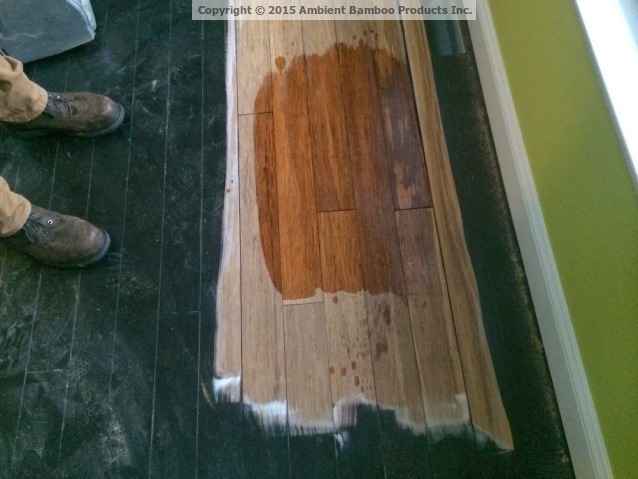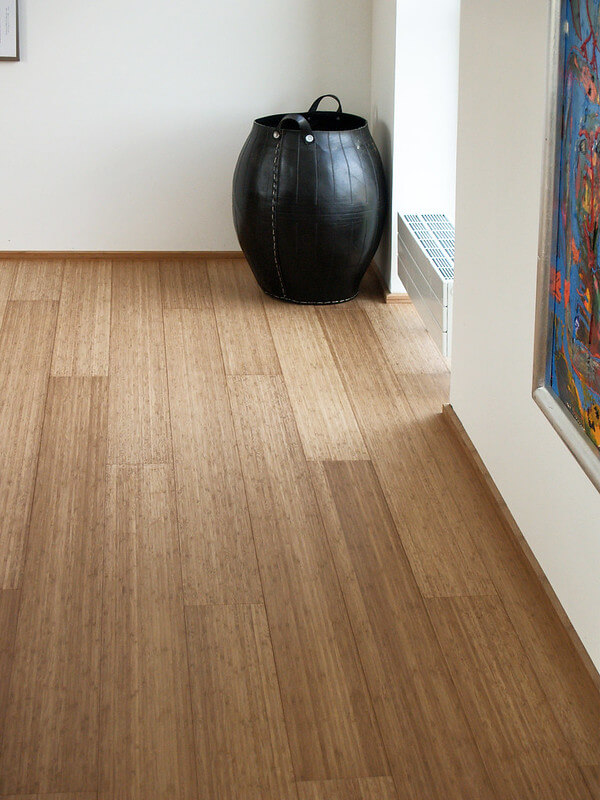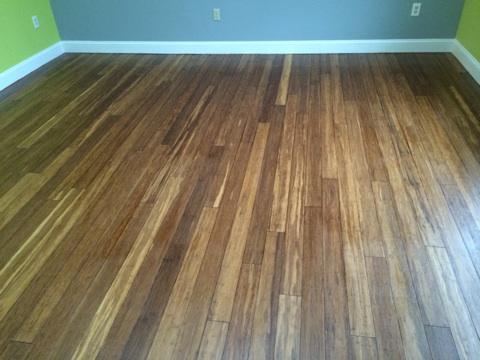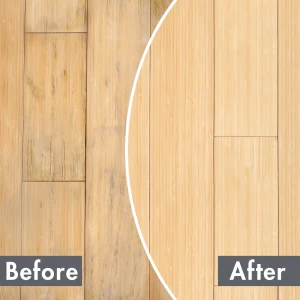Understanding the Characteristics of Bamboo Flooring
Bamboo flooring has gained popularity in recent years due to its durability, eco-friendliness, and unique aesthetic appeal. However, one common concern among homeowners considering bamboo flooring is whether it can be sanded and refinished. Sanding and refinishing are often necessary to restore the appearance of worn-out or damaged floors. So, can bamboo floors be sanded and refinished?
The answer to this question largely depends on the type of bamboo flooring you have. Solid bamboo flooring, which is made from strips of bamboo compressed together, can typically be sanded and refinished multiple times. This is because the solid bamboo construction allows for the removal of the top layer of the floor, revealing a fresh surface that can be refinished to restore its original beauty.
On the other hand, engineered bamboo flooring, which consists of a thin layer of bamboo veneer on top of a plywood or fiberboard core, may not be as suitable for sanding and refinishing. The thin bamboo veneer layer can easily be damaged or sanded through, exposing the underlying core material. Therefore, it is important to check the manufacturer’s guidelines and recommendations before attempting to sand and refinish engineered bamboo floors.
It is worth noting that even with solid bamboo flooring, sanding and refinishing should be done with caution. Bamboo is a relatively soft material compared to hardwoods, so excessive sanding can lead to the removal of too much material and compromise the structural integrity of the floor. Therefore, it is recommended to consult with a professional flooring contractor who has experience working with bamboo flooring to ensure the process is carried out correctly.
While solid bamboo flooring can generally be sanded and refinished, it is important to consider the type of bamboo flooring you have and follow the manufacturer’s guidelines. Proper care and maintenance, including regular cleaning and using protective measures such as rugs and furniture pads, can help extend the lifespan of your bamboo floors and minimize the need for sanding and refinishing.
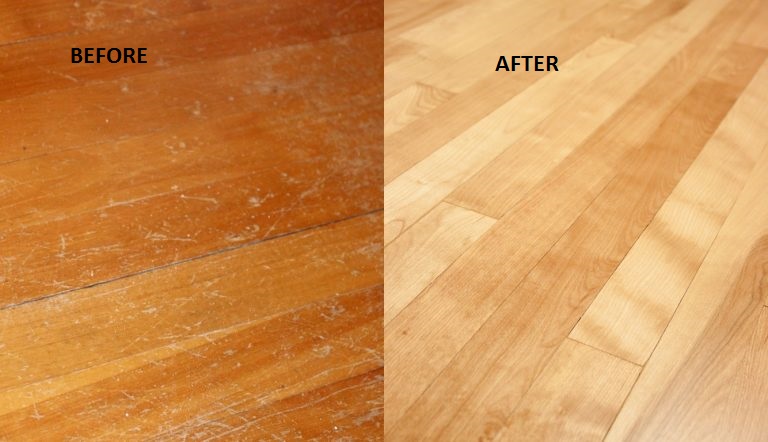
The Sanding and Refinishing Process for Bamboo Floors
Bamboo floors have gained popularity in recent years due to their unique aesthetic appeal, durability, and eco-friendly nature. However, one common concern among homeowners is whether bamboo floors can be sanded and refinished. The good news is that bamboo floors can indeed be sanded and refinished, but there are a few important factors to consider.
Before starting the sanding and refinishing process, it’s crucial to assess the condition of the bamboo floor. If the floor has significant damage or wear, it may be necessary to consult a professional to determine the best course of action. Professional expertise can ensure that the refinishing process is done correctly and that the floor is not further damaged.
When sanding bamboo floors, it’s important to use caution, as bamboo is a grass rather than a hardwood. The bamboo surface is relatively soft, which means that aggressive sanding techniques can result in irreparable damage. It’s recommended to use a low-grit sandpaper, such as 80 or 100 grit, to remove the existing finish and any scratches or imperfections. Gradually progress to higher grit sandpapers, such as 150 or 180 grit, for a smoother finish.
Once the sanding process is complete, it’s essential to thoroughly clean the floor to remove any dust or debris. A vacuum cleaner or a damp cloth can be used to ensure a clean surface for refinishing. After cleaning, it’s time to apply a new finish to the bamboo floor. There are various options available, including oil-based or water-based polyurethane, wax, or a natural oil finish. It’s important to choose a finish that is specifically designed for bamboo floors to ensure optimal results.
When applying the finish, it’s recommended to follow the manufacturer’s instructions and use a high-quality brush or roller for an even application. Multiple coats of finish may be necessary to achieve the desired appearance and level of protection. It’s crucial to allow ample drying time between coats to ensure a durable and long-lasting finish.
Regular maintenance is key to preserving the beauty and longevity of bamboo floors. It’s essential to avoid excessive moisture, direct sunlight, and high traffic areas to prevent damage. Regular sweeping or vacuuming, along with occasional damp mopping, can help keep bamboo floors clean and free of debris.
Factors to Consider Before Sanding and Refinishing Bamboo Floors
Bamboo floors have gained popularity in recent years due to their sustainability and durability. However, just like any other type of hardwood flooring, bamboo floors may require sanding and refinishing over time to maintain their appearance and integrity. Before deciding to sand and refinish your bamboo floors, there are several factors you should consider:
- The thickness of the bamboo: The thickness of the bamboo flooring is a crucial factor to consider before sanding and refinishing. Thicker bamboo floors have more layers and can withstand multiple sandings and refinishing processes. On the other hand, thinner bamboo floors may not be able to handle the same level of sanding and refinishing without compromising their structural integrity.
- Wear and tear: Assess the level of wear and tear on your bamboo floors before deciding to sand and refinish. If there are only minor scratches and imperfections, you may be able to address them through less invasive methods such as spot cleaning or using a protective coating. However, if the wear and tear is extensive and affects the overall appearance, sanding and refinishing may be necessary.
- Type of finish: The type of finish on your bamboo floors will determine the sanding and refinishing process. If the floors have a surface-sealed finish, they may require sanding and refinishing less frequently compared to floors with oil-based or wax finishes. Knowing the type of finish will help you determine the appropriate sanding technique and refinishing products to use.
- Professional expertise: Sanding and refinishing bamboo floors require specific knowledge and skills. If you are not confident in your abilities, it is advisable to hire a professional flooring contractor. They have the expertise and equipment to handle the process effectively and minimize the risk of damage to your bamboo floors.
- Time and inconvenience: Sanding and refinishing bamboo floors can be a time-consuming process. Consider the disruption it may cause to your daily routine, especially if the floors are in high-traffic areas. Plan accordingly to minimize inconvenience and ensure that you have sufficient time to complete the process properly.
- Cost: Sanding and refinishing bamboo floors can be a significant investment. Consider the cost of hiring a professional, purchasing the necessary equipment and materials, and the potential need for future sanding and refinishing. It is important to weigh the cost against the benefits of restoring and prolonging the life of your bamboo floors.
Alternatives to Sanding and Refinishing Bamboo Floors
Sanding and refinishing bamboo floors are common practices to restore their natural beauty and extend their lifespan. However, there may be situations where sanding and refinishing are not the best options. Fortunately, there are alternative methods available that can help rejuvenate bamboo floors without the need for sanding and refinishing.
Deep Cleaning: Over time, bamboo floors can accumulate dirt, grime, and residue that dull their appearance. Deep cleaning is a non-invasive alternative to sanding and refinishing, as it removes these surface contaminants and restores the floor’s shine. This can be done using a specially formulated bamboo floor cleaner and a microfiber mop. It is important to follow the manufacturer’s instructions and avoid using excessive water, as bamboo is sensitive to moisture.
Buffing: If your bamboo floor has minor scratches and scuffs, buffing can be a viable alternative to sanding and refinishing. Buffing involves using a floor buffer or a buffing machine with a soft pad to gently polish the surface of the floor. This process can help to smooth out minor imperfections and restore the floor’s luster. However, it is essential to use caution and not apply excessive pressure, as bamboo is a relatively soft material.
Spot Repair: For localized areas of damage, spot repair can be an effective alternative to sanding and refinishing the entire floor. This method involves carefully removing the damaged section and replacing it with a matching bamboo plank. The repaired area can then be sanded and finished to blend seamlessly with the rest of the floor. Spot repairs are best suited for small areas of damage, such as scratches or gouges, rather than extensive wear and tear.
Rejuvenating Products: There are various rejuvenating products available in the market that are specifically designed for bamboo floors. These products typically contain oils or waxes that penetrate the surface of the floor, filling in minor scratches and restoring its natural sheen. It is important to choose a product that is specifically formulated for bamboo floors and follow the manufacturer’s instructions for application and maintenance.
Can You Refinish Bamboo Flooring?
How to Refinish Bamboo Floors and Stain them Properly Tilen.space
Sanded u0026 Refinished Bamboo Flooring in Watertown, MA Central
Refinishing Your Bamboo Floors Ambient Building Product
Can Bamboo Flooring Be Sanded and Refinished? [A Complete Guide]
Refinishing Your Bamboo Floors Ambient Building Product
Non-Sandable Floor Refinishing N-Hance
Related Posts:
